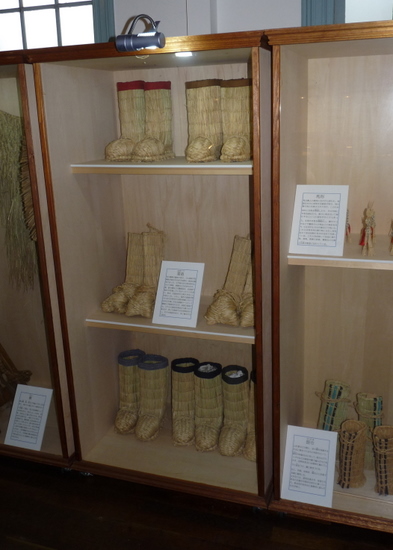(Sept 10) As an important part of the Meiji government’s plans to develop Hokkaido, a network of prisons was set up around the island. Prisoners from all over Japan were sent there to serve as convict labor for the many construction projects.
Abashiri Prison, on the frigid northern coast, was the toughest of these prisons; sometimes referred to as “Japan’s Alcatraz.” There is still a maximum-security prison in Abashiri, but in 1985 many of the old buildings were moved to a separate museum, which has made the town a magnet for curious tourists.
The museum’s signs and brochures seem strangely upbeat, with lots of references to things like the “pioneer spirit.” Of course these particular pioneers didn’t have much choice in the matter.
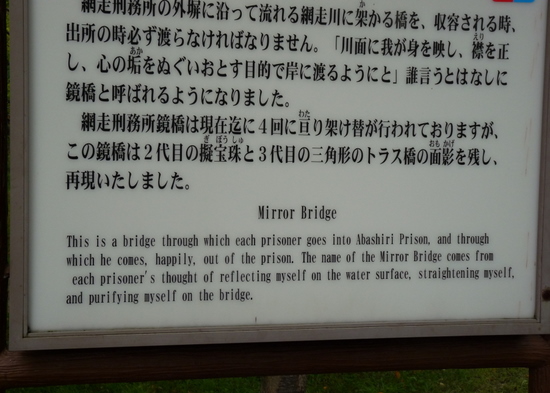
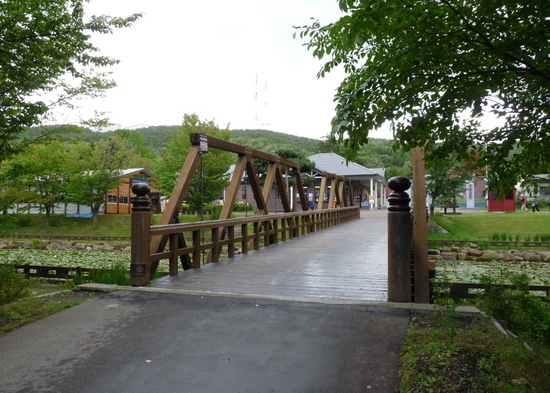
A reconstruction of the old prison gate.
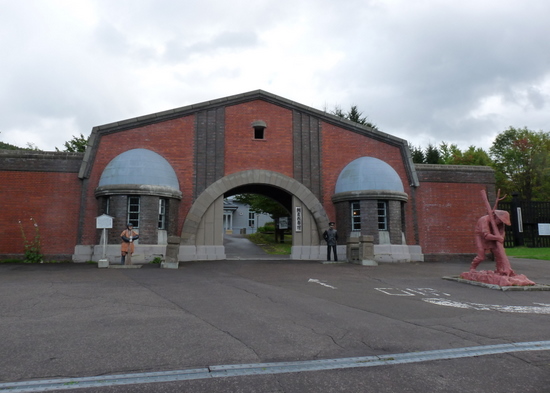
The river was used to bring most of the necessary supplies into the prison.
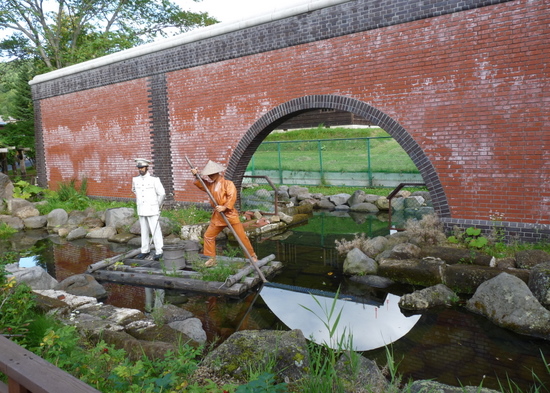
A cheerful carving of Nipopo.
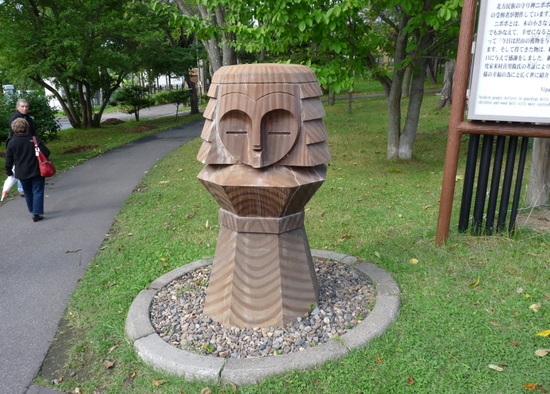
Who is Nipopo?
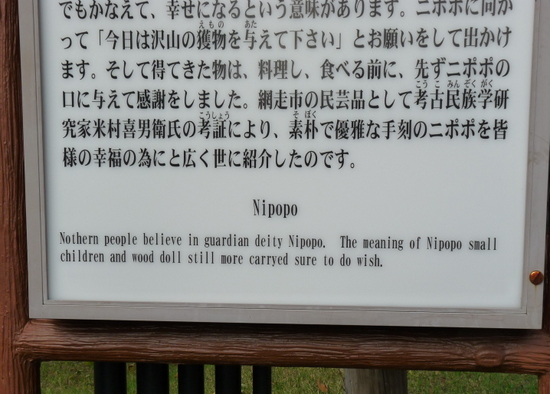
There is a reconstruction of the old Abashiri Court House, so we can get an idea of how the prisoners arrived here. The sign explains it better than I can.

19th century judicial robes.
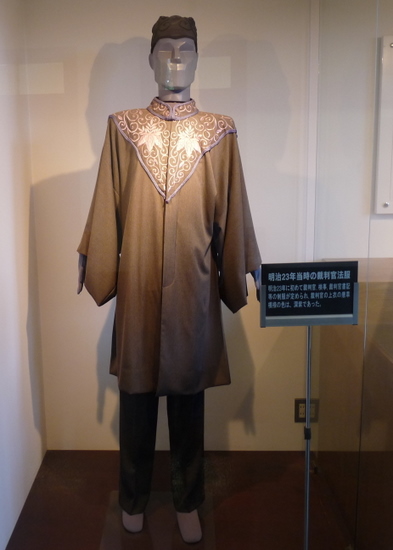
More modern courtroom proceedings.
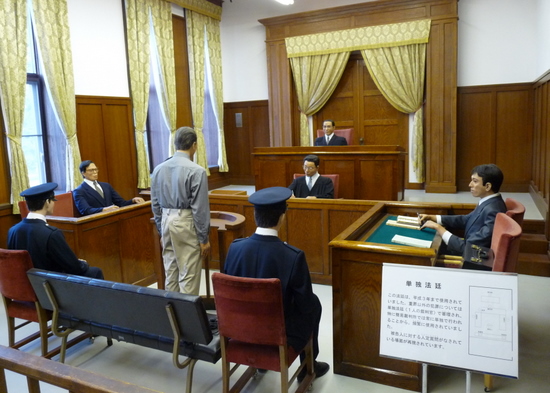
A trial for a more serious offense, with three judges.
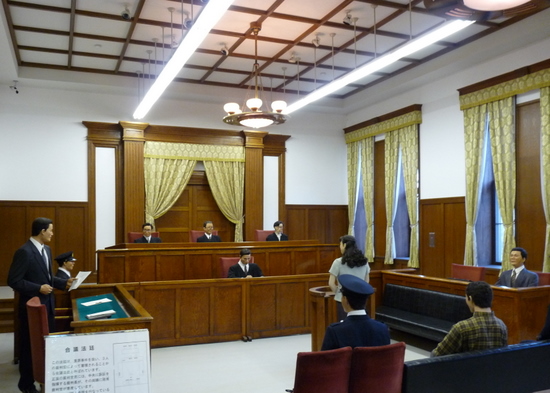
An interrogation room.
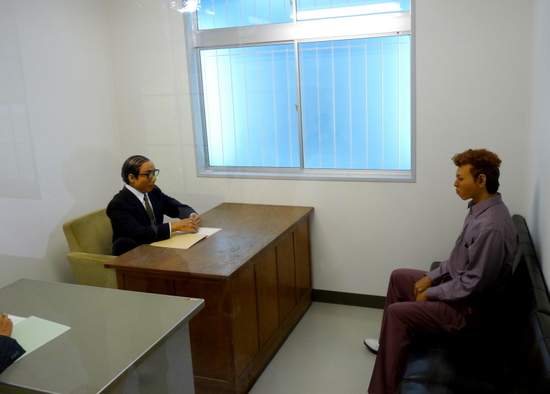
A temporary barracks, used when prisoners were sent outside to work on construction projects.
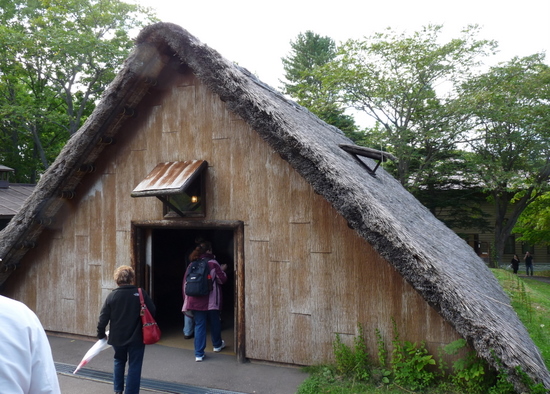
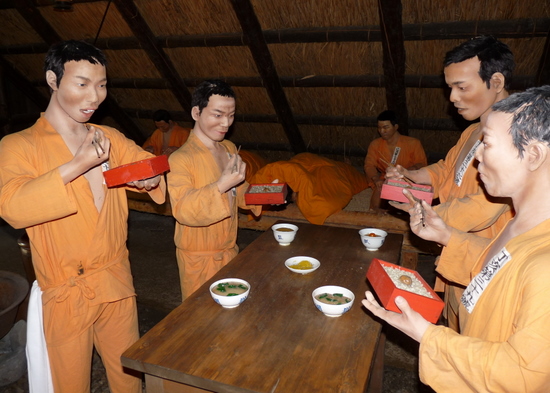
This guard is saying something that I can’t quite make out.
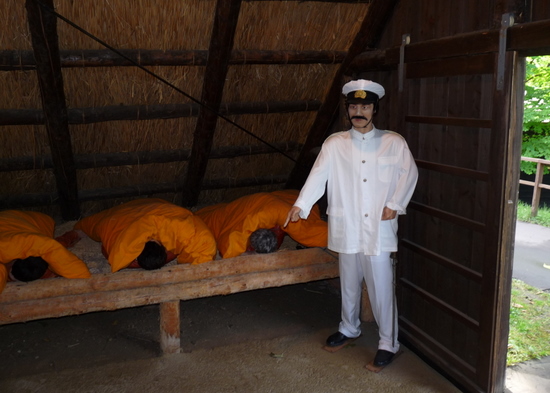
Possibly, “Take this one out and shoot him!”
Naturally the prisoners were required to grow most of their own food.
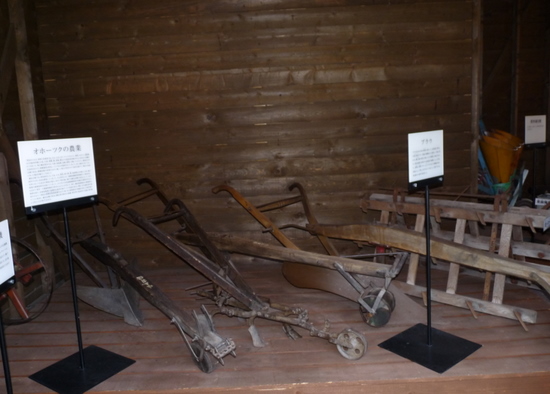
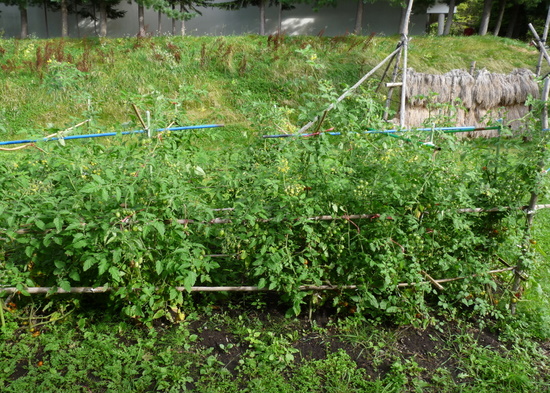
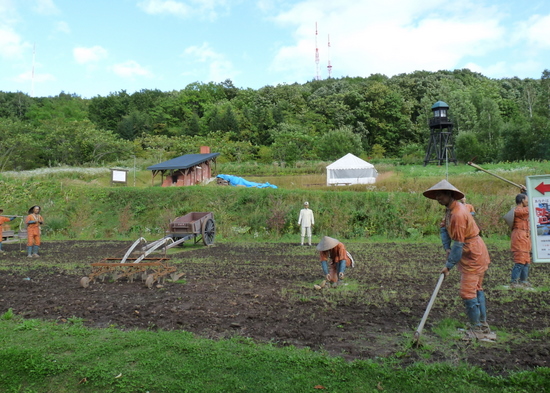
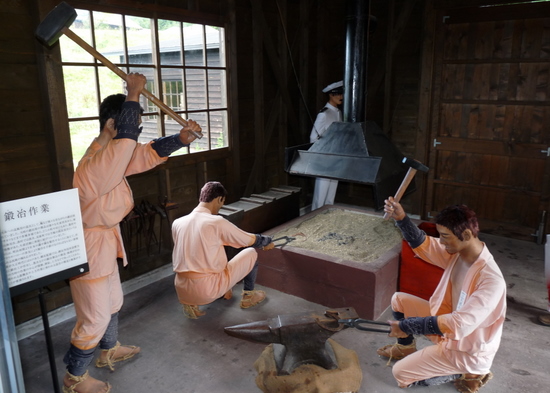
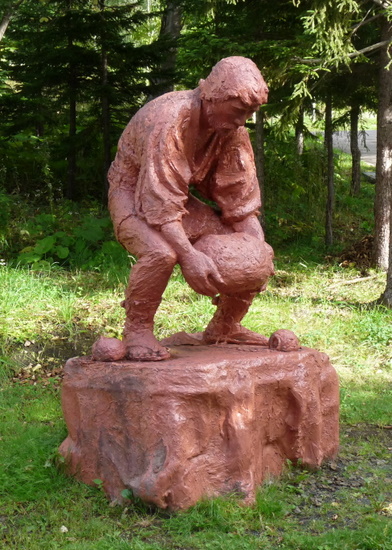
A near-life-size diorama shows undersized prisoners who seem about to be attacked by a giant bear.
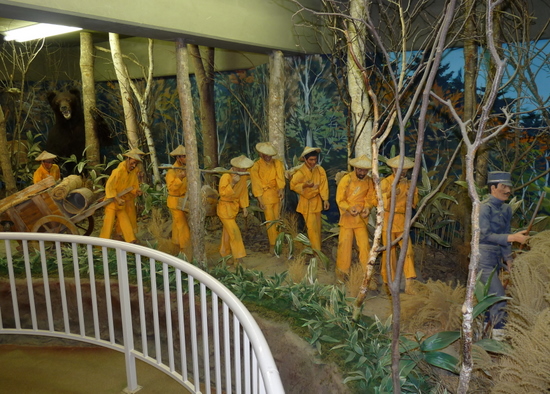
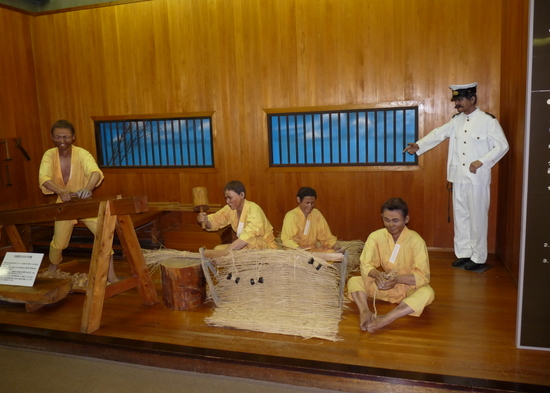

A selection of uniforms worn by guards from the 19th century to the present.
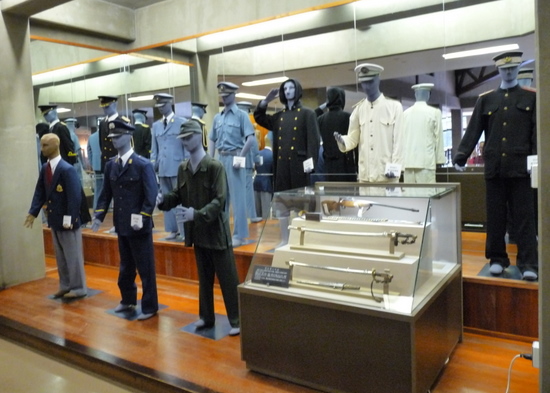
Uniforms worn by prisoners.
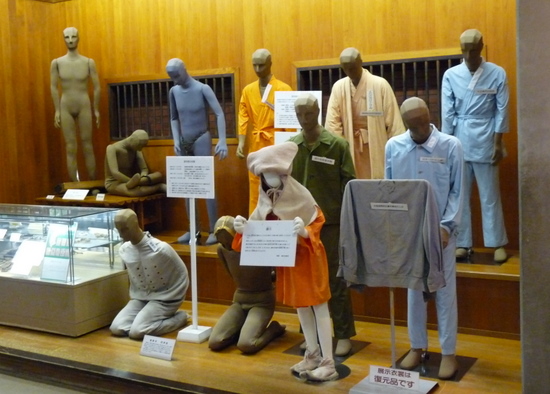
During the war, prisoners were sent to the Pacific islands to construct airfields.
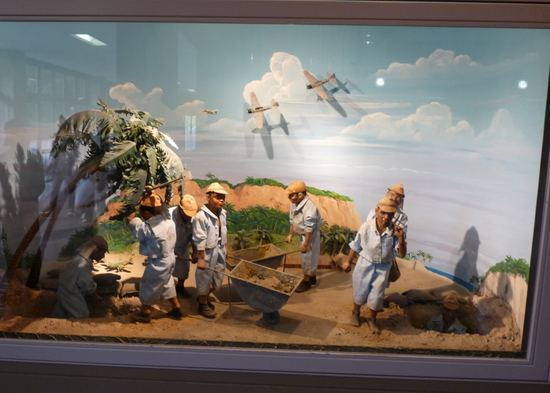
An animated display of prisoners trying to catch pigeon.

The sign explains.
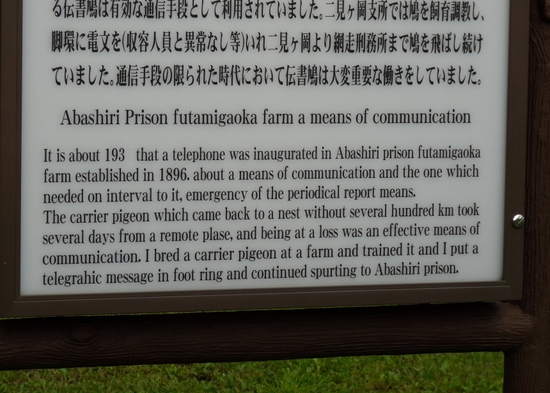
19th century cell blocks with wooden bars.
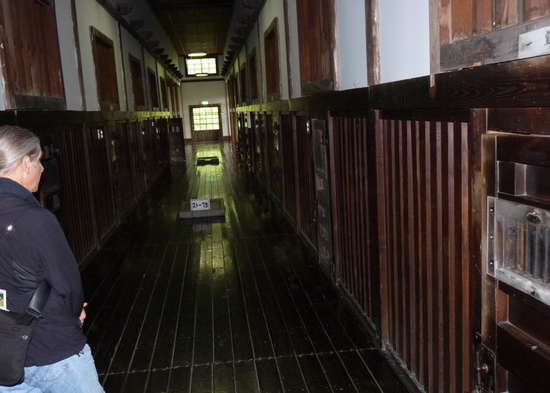
More modern cell blocks with iron bars.
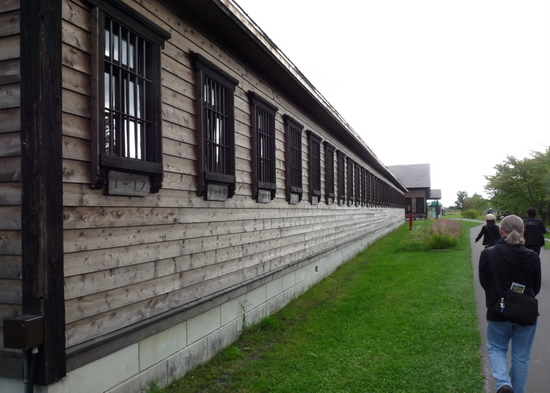
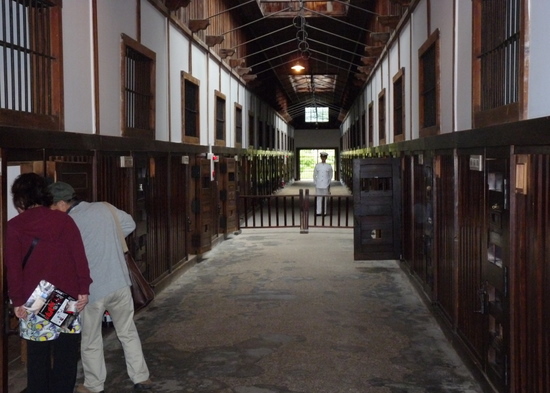
Wood stoves provided heat in the winter. Apparently two stoves were sufficient for all these cells.
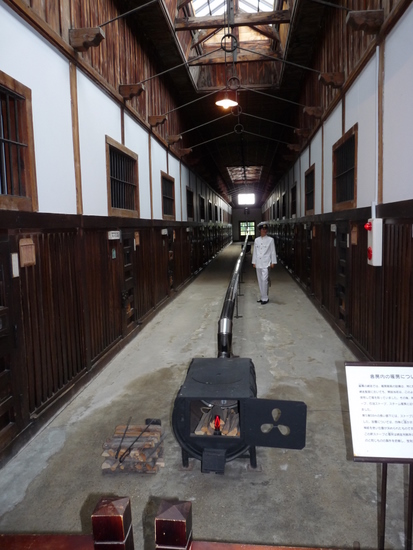

A punishment chamber, where a recalcitrant prisoner could be confined for up to 7 days.
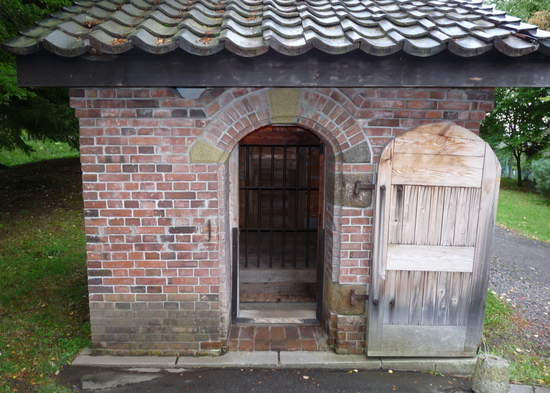
The prison kitchen.
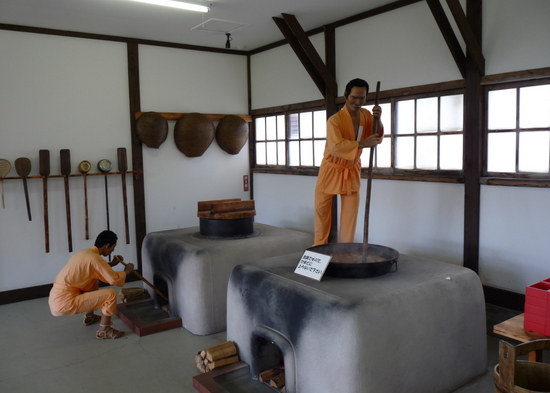
Use of the bath house was one of the most important privileges given to prisoners.
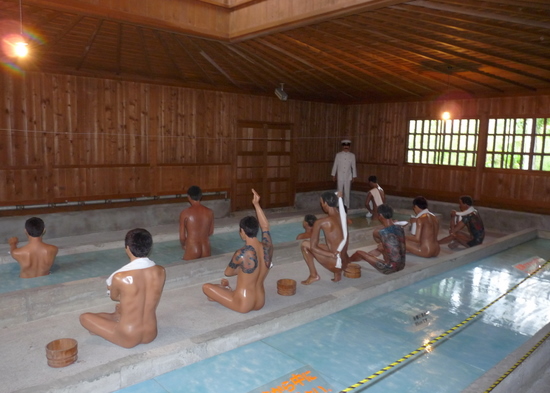
The complex tattoos are associated with the Yakuza organized crime families.
This looks like a small Buddhist temple, but they don’t call it that.
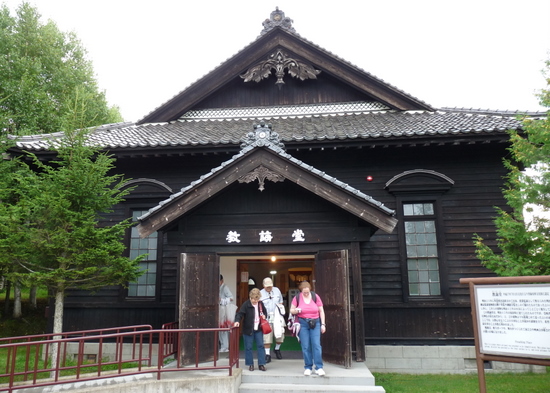
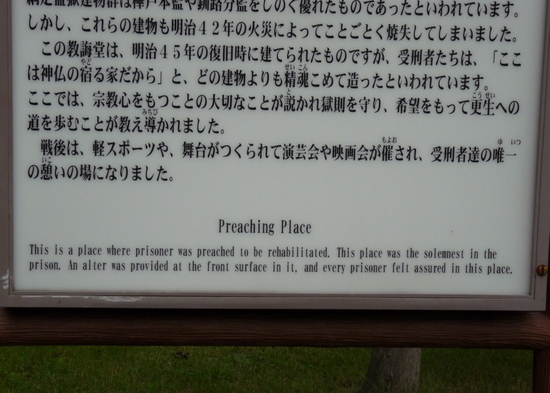
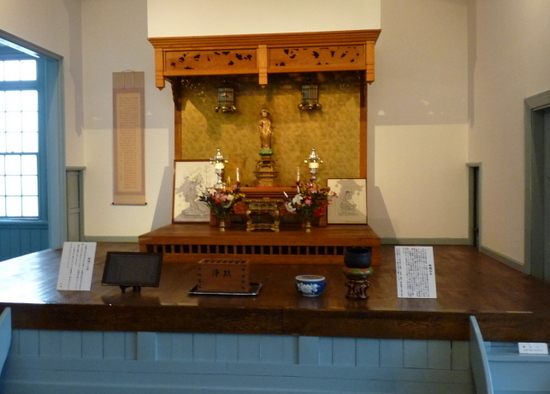
There is also a small and very plain Shinto shrine.
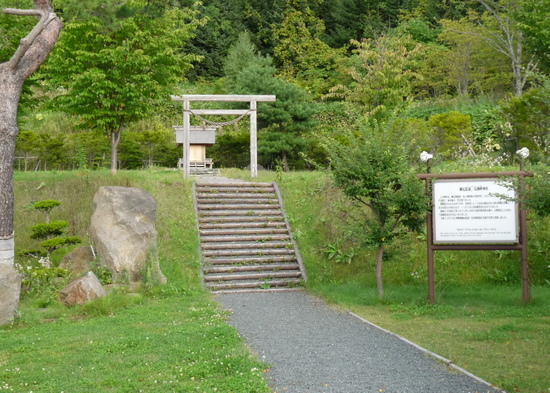
And perhaps they sometimes brought in an Orthodox priest for the two Christian prisoners.
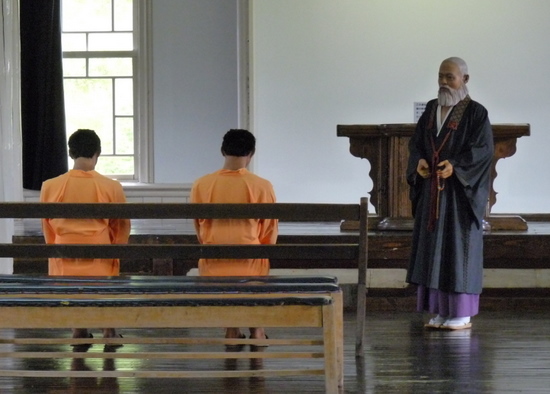
Inside the Preaching Place you can see a display of photos showing the harsh conditions in winter.
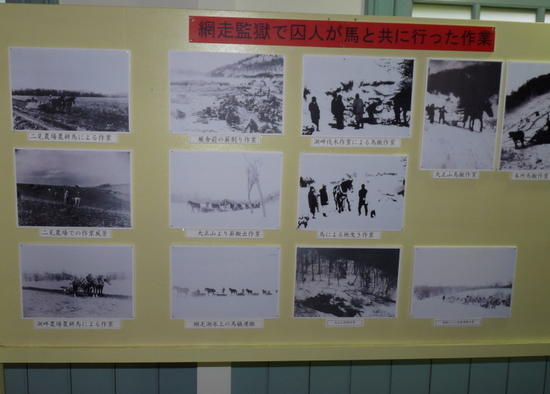
…and the prisoner’s straw work boots.
